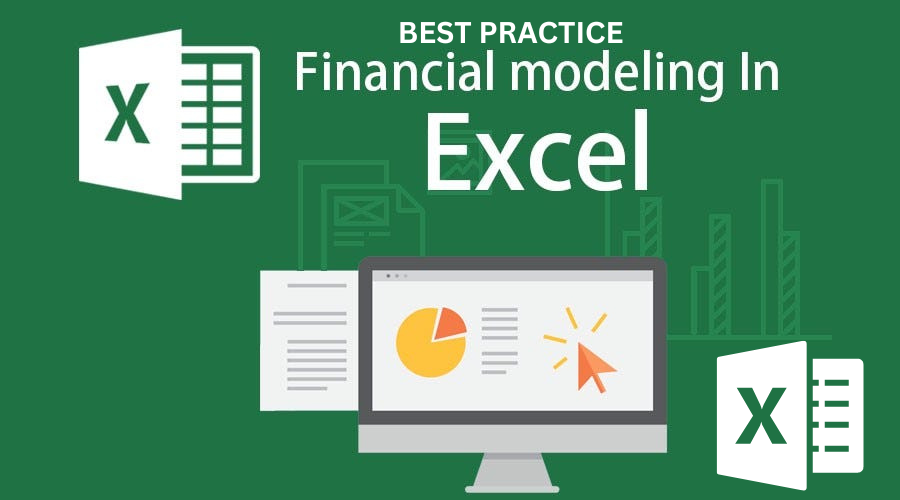The purpose of this training is to enhance your existing Excel modeling skills and learn how to build and modify financial models faster by learning and applying industry best practices. The seminar highlights the core financial model design and construction techniques that every modeler should know. This seminar will allow participants to adopt a structured and comprehensive design strategy to develop rigorous financial models, in less time and with greater accuracy.
Participants will learn how to apply best practice financial modeling and perform sophisticated business analysis. This hands-on workshop will also teach you how to perform risk analysis and apply uncertainty into a model and undertake a more dynamic analysis to improve decision making. Participants will be introduced to the concepts and methods necessary to develop a risk assessment and will learn to expand their existing deterministic Excel analysis into an @RISK model so that to quantify exposure and test mitigation strategies.
We invite you to gain the necessary knowledge and the tools to structure your model strategy according to your organization’s business needs, by combing multiple data for advanced scenarios, applying financial modeling best practices / methodology.

WHO SHOULD ATTEND
- Business & Financial Analysts
- Investment & Corporate Bankers
- CFOs & Finance Managers
- Risk Managers and Portfolio Managers
- Financial Controllers and Accountants
- MBA’s and Business Undergraduates
- Anyone seeking to improve their financial and valuation modeling skill set.
- Industry Consultants
- Project Managers and Risk Analysts
- Corporate Finance and Business
- Development Professionals
- Finance & Accounting staff
- Heads of Business Units & Business
- Planners
LEARNING OUTCOMES
- Build models accurately and efficiently through a series of best practice modeling rules.
- Develop financial models that improve the reliability and quality of financial decision-making.
- Improve financial model efficiency by using shortcuts and learn to recognize the sensitivity of key drivers.
- Learn and practice the main principles and techniques in quantitative risk analysis and apply uncertainty into models.
- Undertake a more dynamic analysis to improve decision making.
- Expand existing deterministic Excel analysis skills into a risk model so that to quantify exposure and test mitigation strategies.
- Adopt a structured and comprehensive design strategy to develop rigorous financial models, in less time and with greater accuracy.

